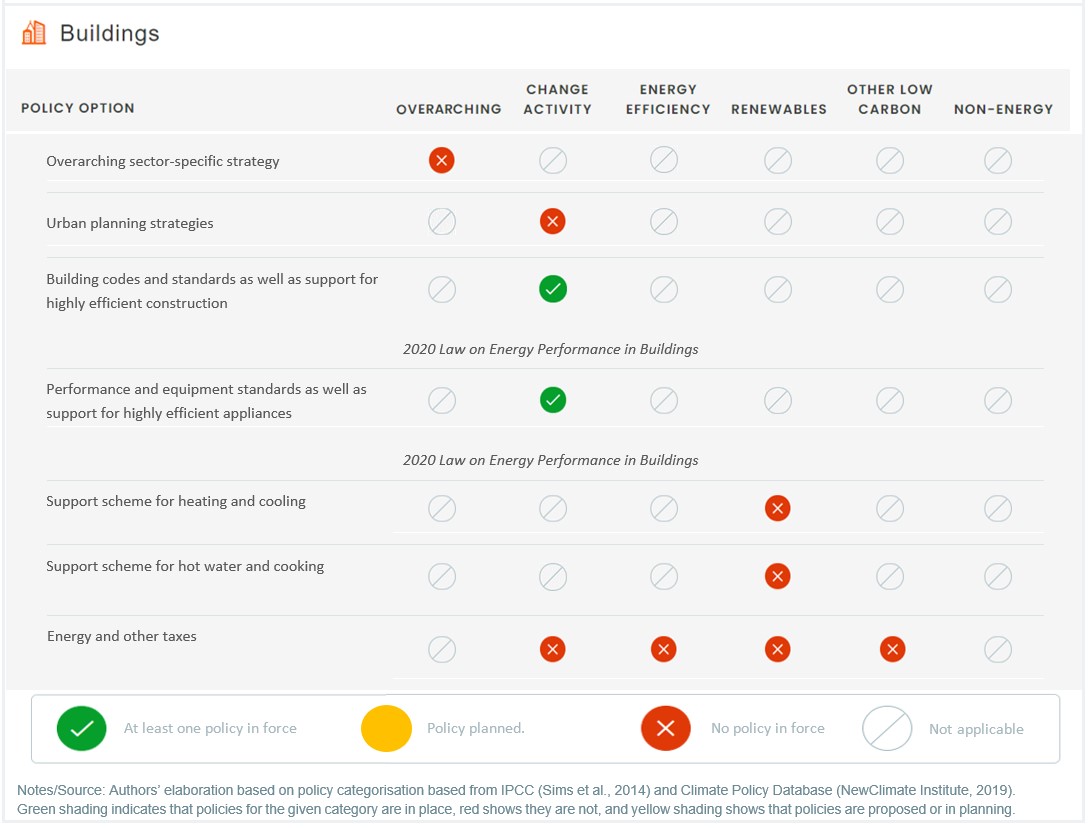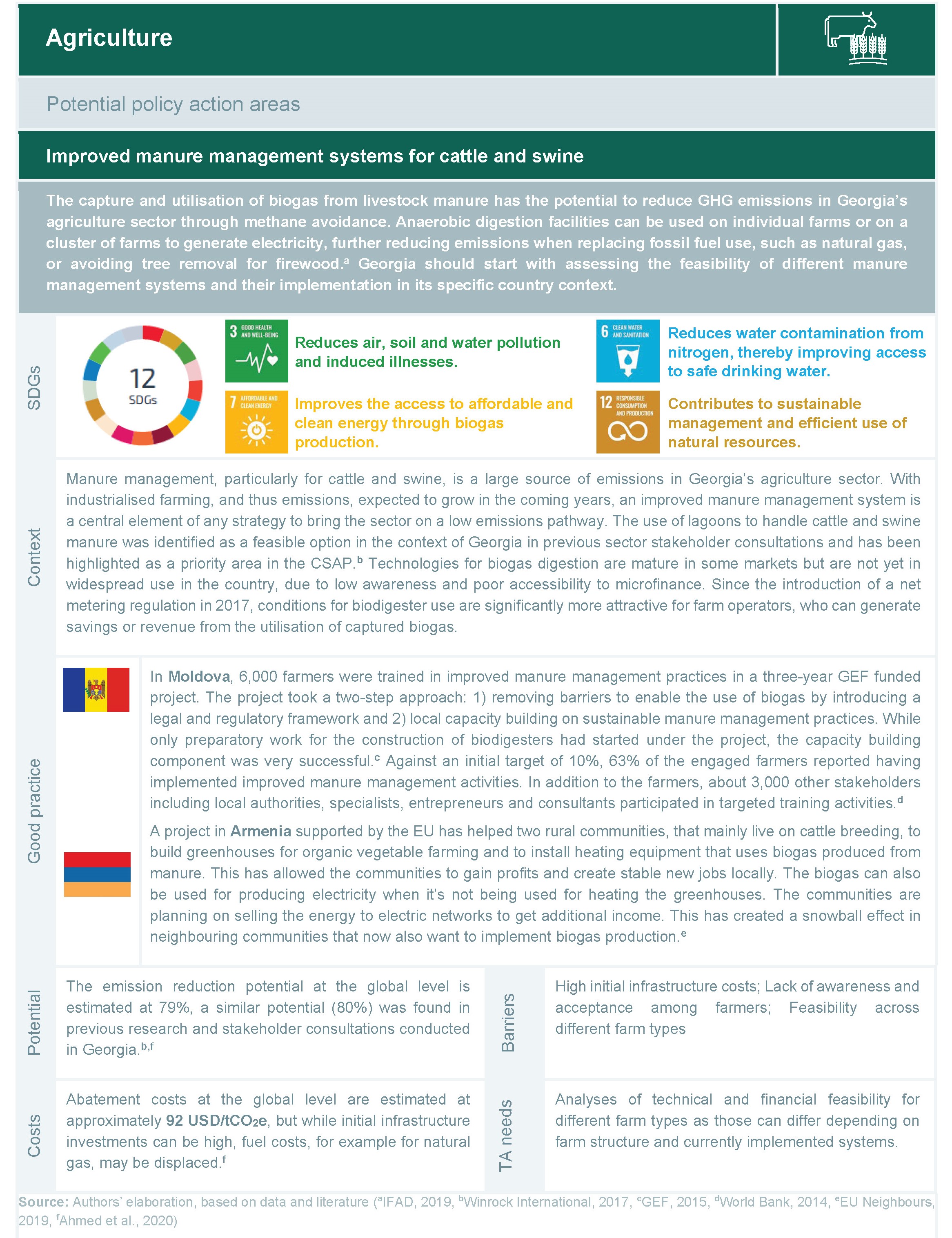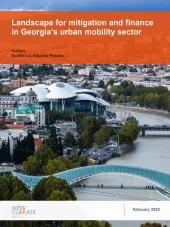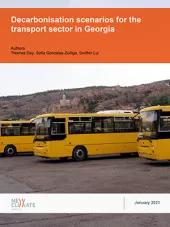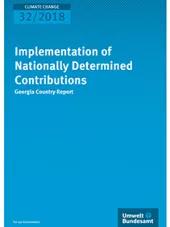Summary of policy coverage and ambition raising potential
This report assesses Georgia’s sectoral mitigation policy coverage by identifying and exploring gaps in each sector and outlines the potential for further sectoral action, based on relevant and promising examples from international contexts. The report can serve as a reference document providing a concise overview of potential priority actions in each of Georgia’s sectors, where policymakers and climate finance donors can derive further activities and opportunities for technical and financial assistance.
Main findings:
The report provides an overview of Georgia’s historical context, current status, and future outlook regarding GHG emissions and climate strategy. It then outlines planned actions and priority mitigation areas per sector from Georgia’s 2030 National Climate Strategy and 2021-2023 Action Plan (CSAP) and provides sector-by-sector analysis on policy gaps and international best practice policies for potential further mitigation action per sector in the form of fact sheets. Mitigation policies in each sector are classified by policy type and rated along the three categories to highlight policy gaps and areas where additional action is needed (example for the buildings sector below).
Following that assessment, up to three potential priority areas have been identified for consideration in each of the sectors based on an analysis of international best practices and applicability in the context of Georgia. For each of the identified measures, a fact sheet presents a short overview of the measure, synergies with Agenda 2030 and its relevance in the context of Georgia. It further provides examples of best practices from other countries, that could serve as guidance or inspiration for policy design and planning. Lastly, the fact sheets provide a brief overview of mitigation potential and cost estimate, derived from available literature, and highlight the most important barriers as well as technical analysis (TA) needs.

